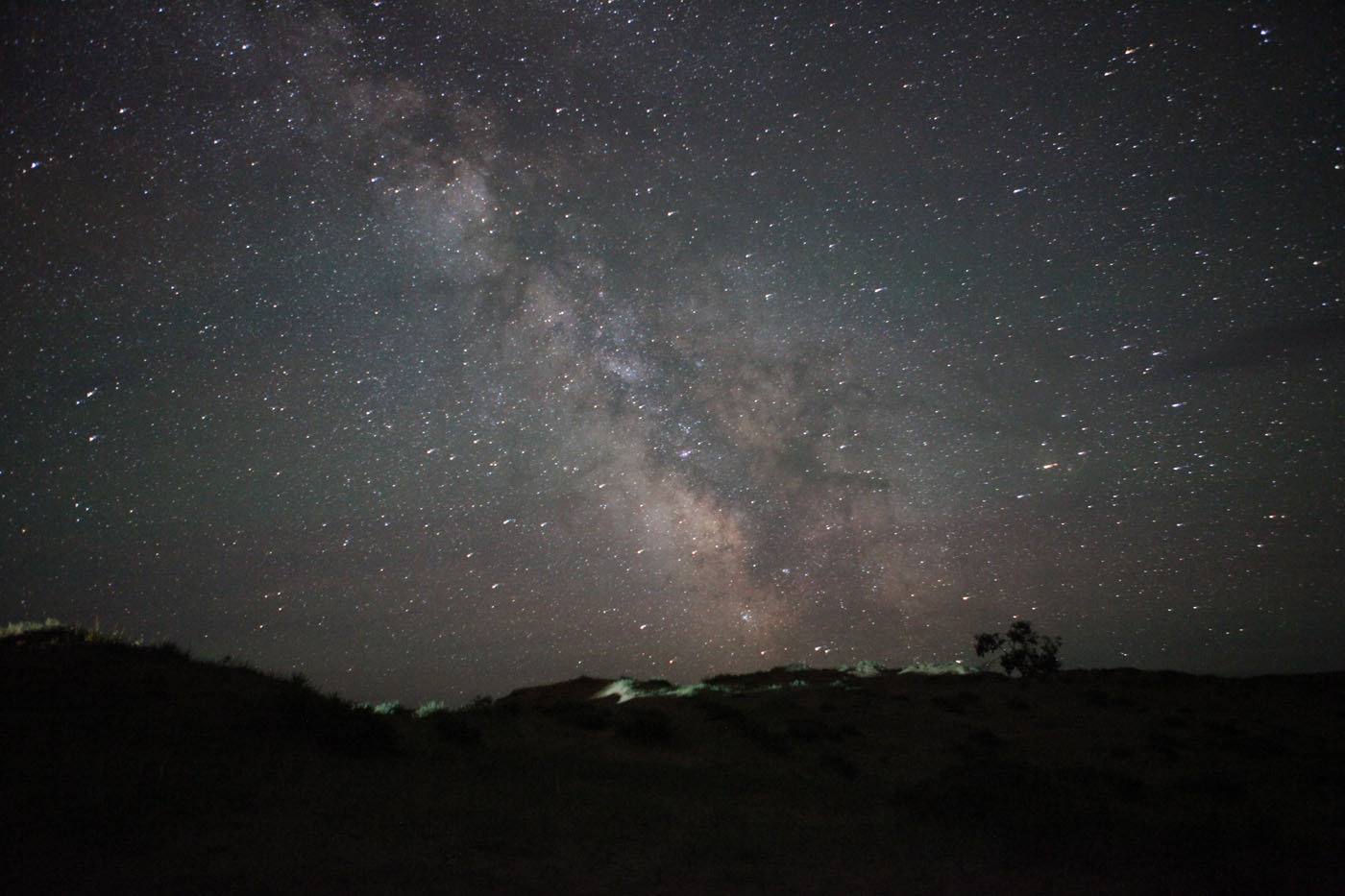
We watch our loved ones’ age and die and assume that’s the end of the story. We believe in death because we’ve been taught we die and our existence is finite. We associate ourselves totally with our body and we know bodies die. But what about that spark of energy, that consciousness of self and who we are, and where we are. The electricity that drives your thought processes is about 20 watts ...A very dim light bulb.
Perhaps death is not terminal after all. Space and time and even the properties of matter may depend on the perception of the observer.
One well-known aspect of quantum physics is that certain observations cannot be predicted absolutely. Instead, there is a range of possible observations each with a different probability. One mainstream explanation is that there are an infinite number of universes (the ‘multiverse’). Everything that can possibly happen, occurs in some universe. Death doesn’t exist in any real sense in these scenarios since all the universes exist simultaneously. Although individual bodies are destined to self-destruct, the alive feeling — the ‘Who am I?’— is just a 20-watt fountain of energy operating in the brain. And this energy doesn’t go away at death. One of the surest axioms of science is that energy never dies; it can’t be created or destroyed. But does this energy transcend from one world to the other? One universe to another?
Consider an experiment that was published in in the prestigious scientific journal Science (Jacques et al, 315, 966, 2007). Scientists in France shot photons into an apparatus, and proved they could retroactively change something that had already happened in the past. As the photons passed a fork in the apparatus, they had to decide whether to behave like particles or waves when they hit a beam splitter. Later on — long after the photons passed the fork — the experimenter could randomly switch a second beam splitter on and off whenever they felt the impulse. It turns out that whenever the observer decided to flick the switch, determined what the particle actually did at the first fork, in the past. They virtually changed the past on a molecular level.
Regardless of the choice you, the observer, make, it is you who will experience the outcomes that will result. The linkages between these various histories and universes transcend our ordinary classical ideas of space and time. Think of the 20-watts of energy, which is you, as simply holo-projecting onto a screen. Whether you turn the second beam splitter on or off, it’s still you, the same battery or agent responsible for the projection. And it is possible you can manipulate time and space.
According to Biocentrism, space and time are not the hard cold objects we think. In truth, you can’t see anything through the bone that surrounds your brain. Your eyes are not portals to the world. Everything you see and experience right now — even awareness of your body — is all a whirl of information occurring in your mind. If you take that consciousness away, what’s left? Nothing. The same thing applies to time. Space and time are simply the tools for putting everything together.
Death does not exist in a timeless, spaceless world. Einstein knew this. In 1955, when his lifelong friend Michele Besso died, he wrote: “Now he has departed from this strange world a little ahead of me. That means nothing. People like us, who believe in physics, know that the distinction between past, present and future is only a stubbornly persistent illusion.” Immortality doesn’t mean a perpetual existence in time without end, but rather resides outside of time altogether.
When I think about the 20-watts of energy, and about experiments that show a single particle can pass through two holes at the same time. I cannot dismiss the conclusion: one can die but be alive, outside of time.
After the death of his son, Ralph Waldo Emerson wrote “Our life is not so much threatened as our perception. I grieve that grief can teach me nothing, nor carry me even one step into real nature.”
Life is an adventure that transcends our ordinary linear way of thinking. When we die, we do so in the inescapable-life-matrix because that 20 watts of energy does not die. Life has a non-linear dimensionality — it’s like a perennial flower that returns to bloom in the multiverse.
No comments:
Post a Comment
Through this ever open gate
None come too early
None too late
Thanks for dropping in ... the PICs